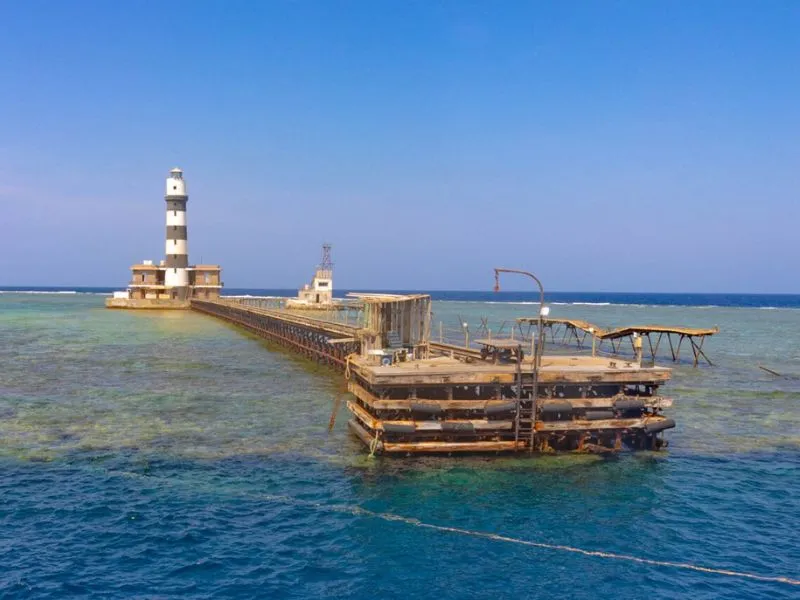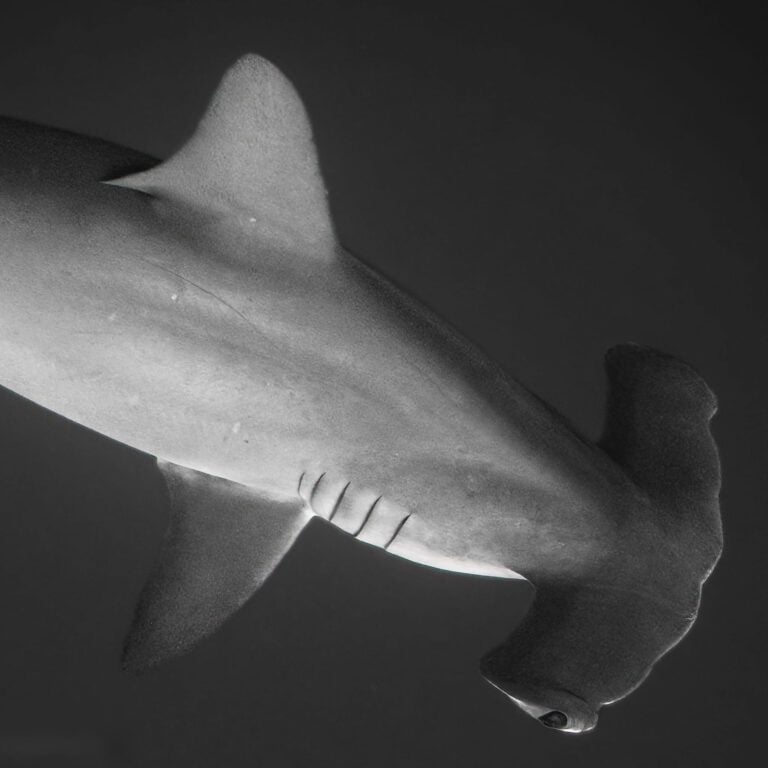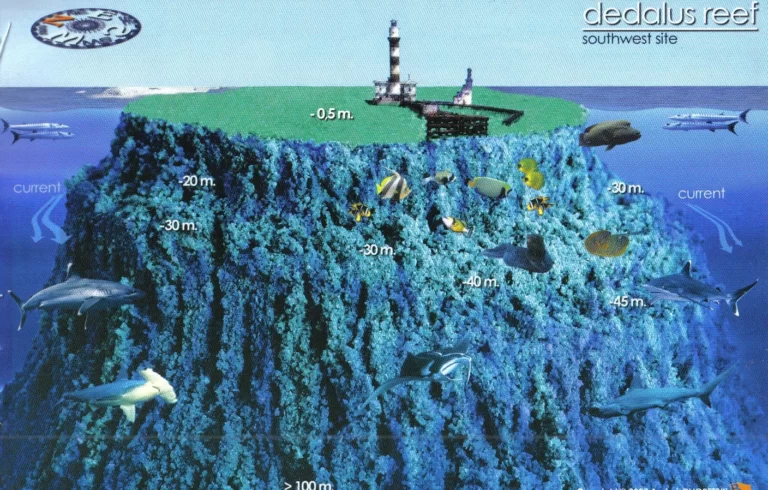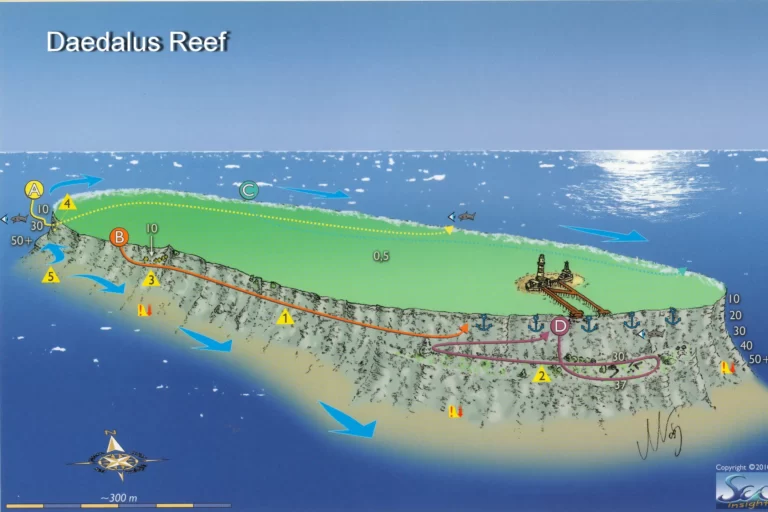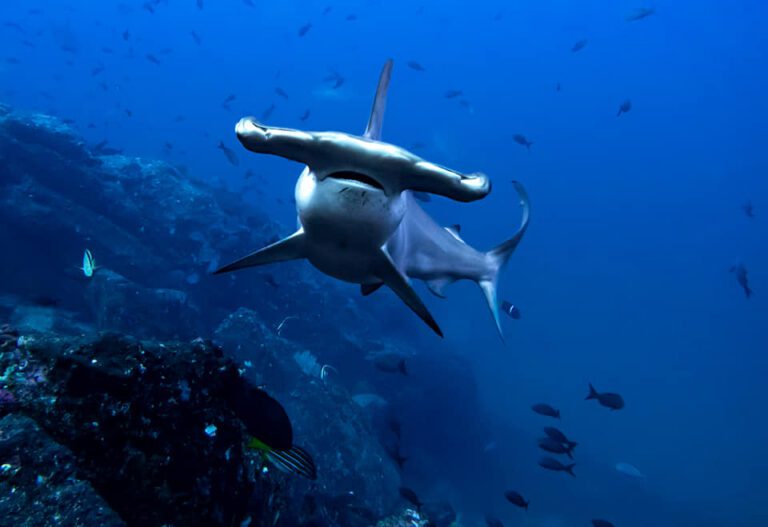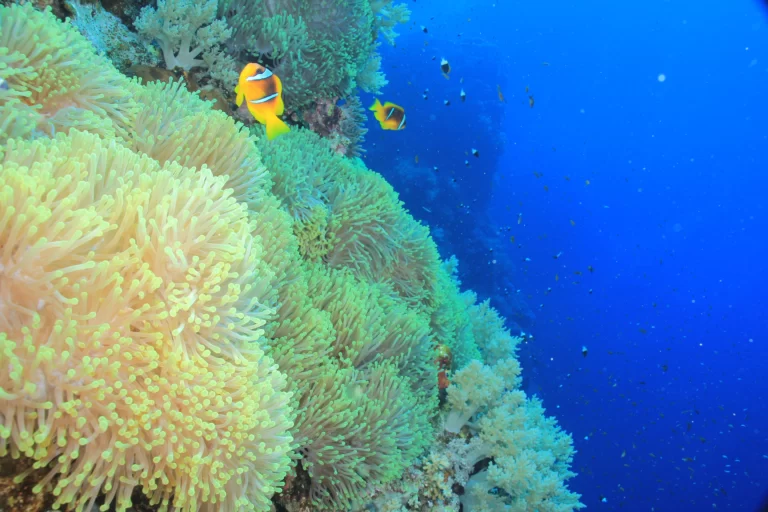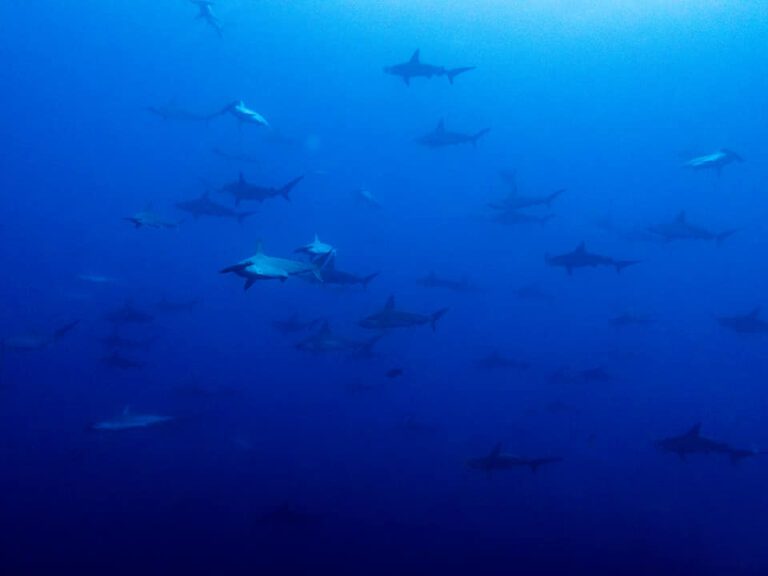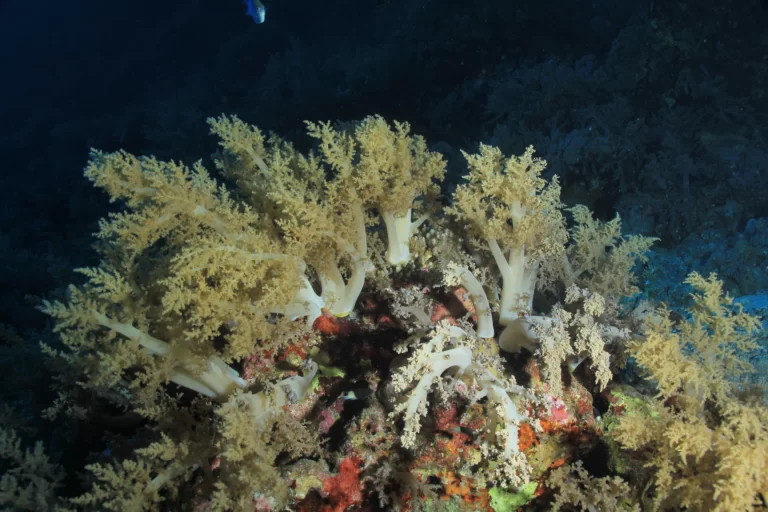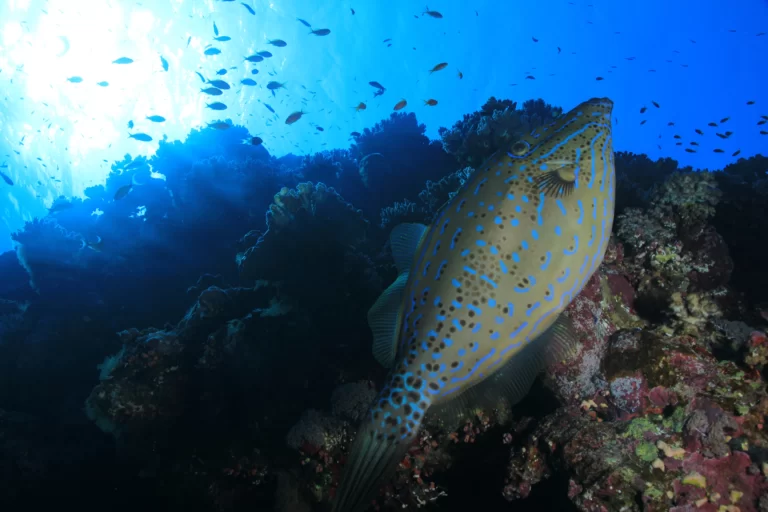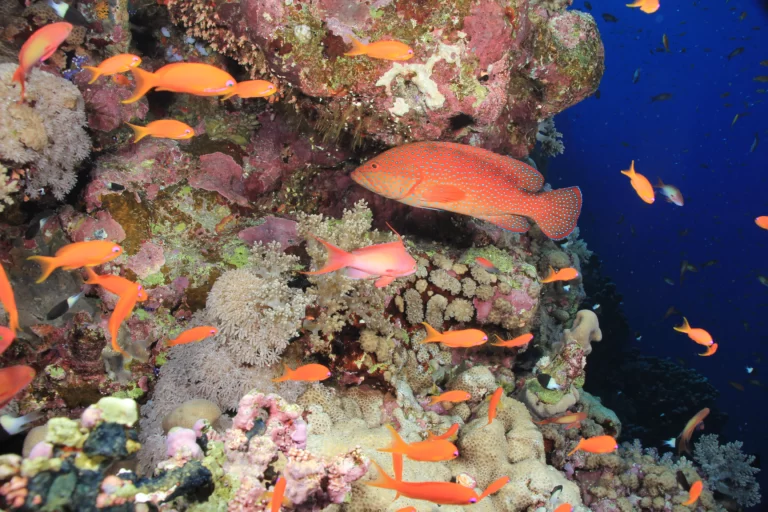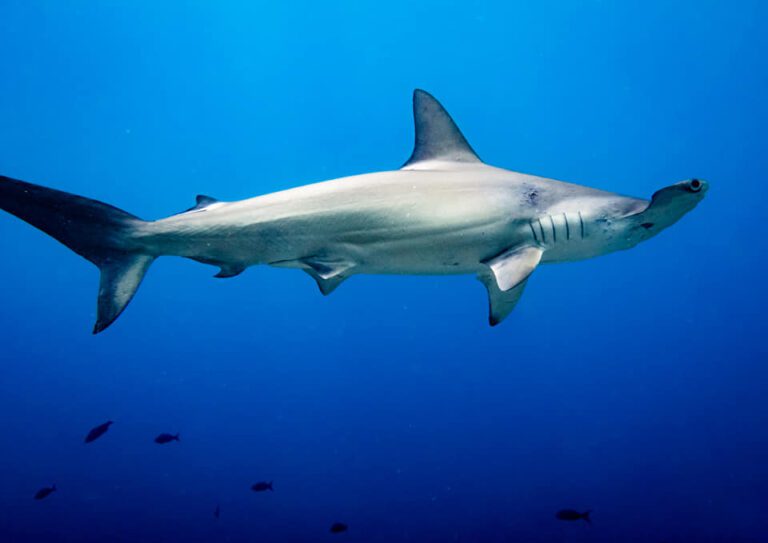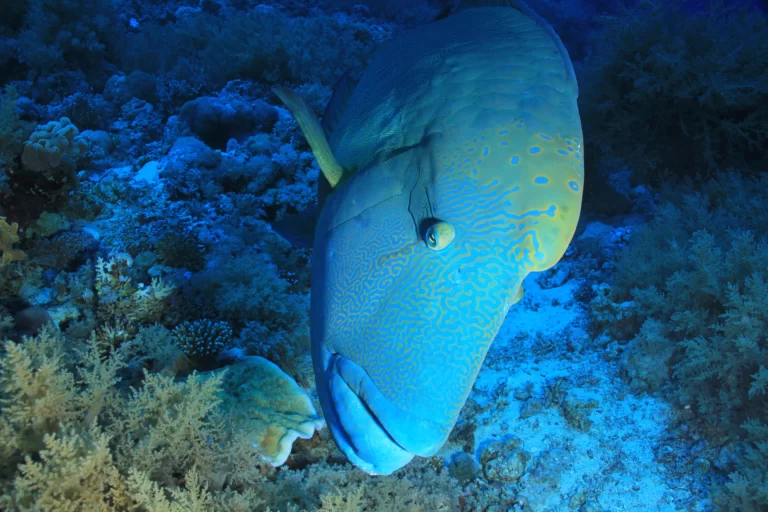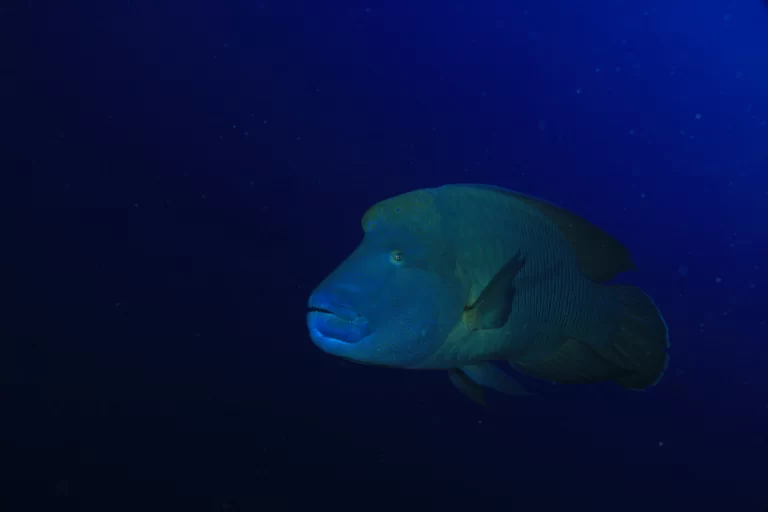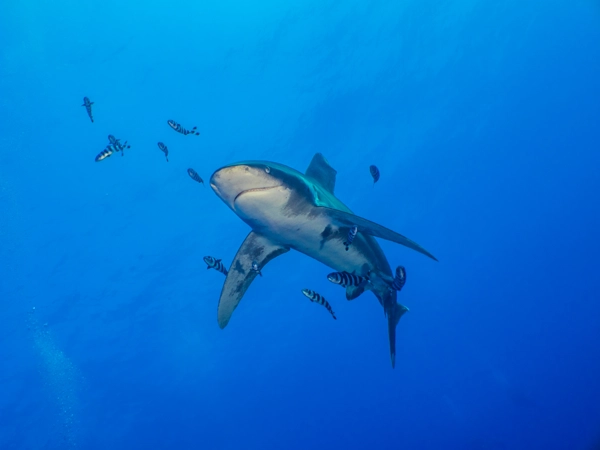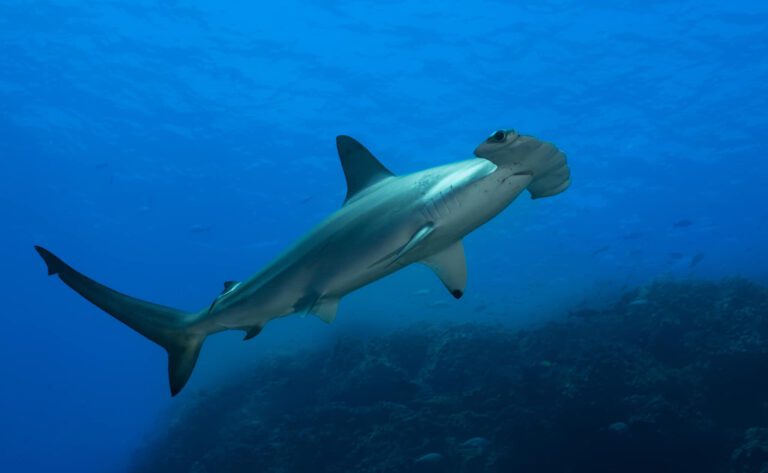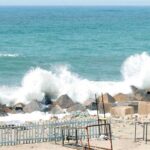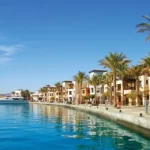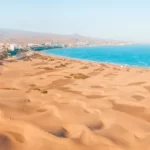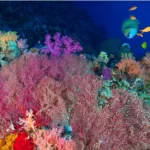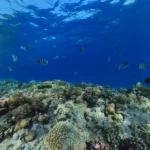Daedalus Reef Located in the southern part of the Red Sea, Daedalus Reef is a popular diving destination for scuba divers worldwide. This remote and pristine reef offers divers the chance to see an incredible variety of marine life, including manta rays and hammerhead sharks.
History of Daedalus Reef
Daedalus Reef is named after the ancient Greek craftsman Daedalus, who was said to have built a labyrinth on the island of Crete. There is a little known history of the reef itself, but it has become a popular diving destination due to its remote location and diverse marine ecosystem.
Diving in Daedalus Reef
Daedalus Reef, located in the Red Sea, is one of the world’s most sought-after diving destinations, offering some of the most spectacular underwater landscapes and marine life encounters. From the north and south plateaus to the famous lighthouse dive site, Daedalus Reef is a diver’s paradise.
- North plateau of Daedalus Reef is one of the most popular dive spots in the area, attracting divers from all over the world. It’s renowned for its crystal-clear waters and stunning underwater landscapes, providing divers with breathtaking views of schools of hammerhead sharks swimming in formation. The best time to witness this spectacular sight is during an early morning dive when the sun is just starting to rise, illuminating the reef with a golden glow. As divers move closer to the reef, they can also encounter other fascinating marine creatures, such as manta rays, and schools of colorful fish.
- south plateau of Daedalus Reef is another must-visit dive spot, featuring a beautiful coral garden and a diverse range of colorful fish and sea creatures. This area is also home to the majestic humphead wrasse and barracuda, making it a popular spot among underwater photographers. Divers can explore this area during a mid-day dive when the sun is at its highest and the colors of the coral are most vibrant.
- The famous lighthouse dive spot of Daedalus Reef is located on the southern end of the reef and is another popular destination for divers. It provides an opportunity to explore the depths around the lighthouse and encounter a diverse range of marine life, including the oceanic whitetip shark and silky shark. This dive site is usually done from the boat and can be explored during the afternoon or early evening.
Liveaboard trips to Daedalus Reef
Due to its remote location, Daedalus Reef is best visited on a liveaboard diving trip. Several companies offer diving trips to the reef, typically lasting several days or more. These trips offer divers the chance to explore the reef in depth and see other popular diving destinations in the southern Red Sea.
Conclusion
Daedalus Reef is an excellent choice for divers looking for a remote and pristine diving destination. With its stunning underwater landscapes and diverse marine ecosystem, this reef offers a truly unforgettable diving experience. Whether you’re interested in seeing schools of hammerhead sharks, manta rays, or other marine life, Daedalus Reef will impress.
Where is Daedalus Reef
Daedalus Reef is located in the southern part of the Red Sea, approximately 120 kilometers north of Marsa Alam, Egypt.
Playlist
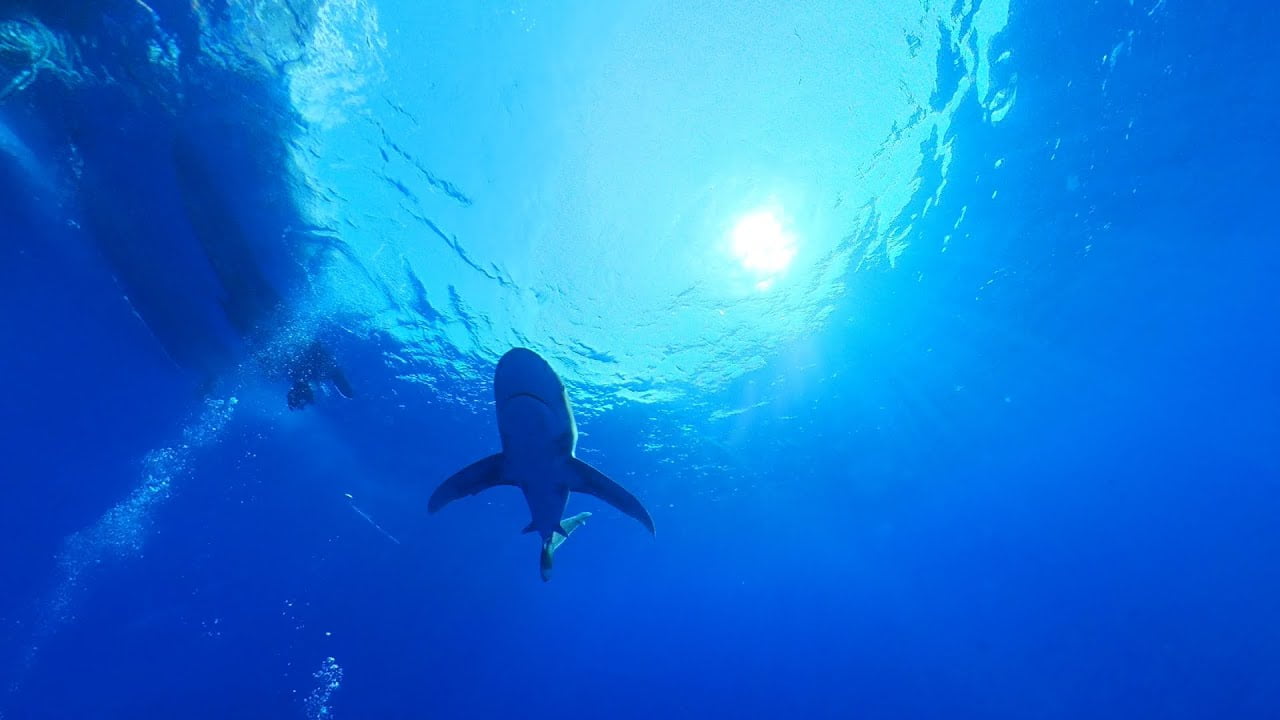
0:16
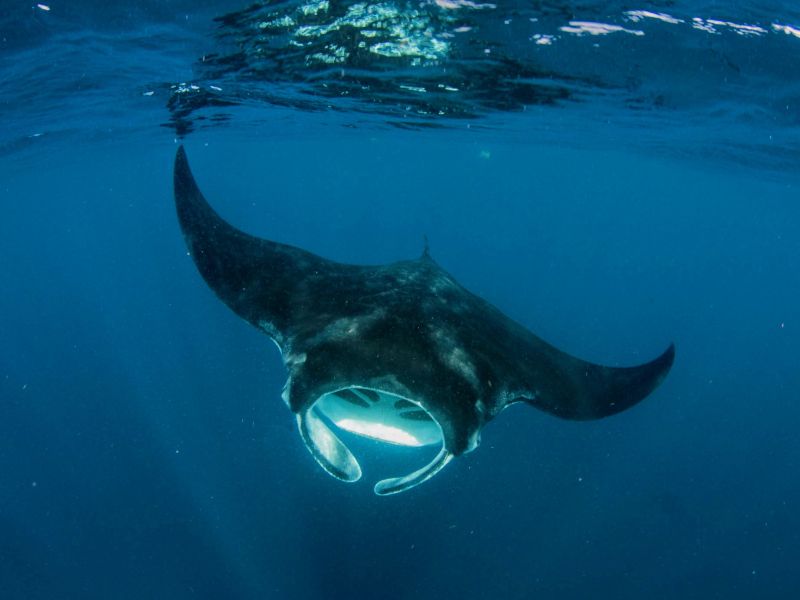
0:16
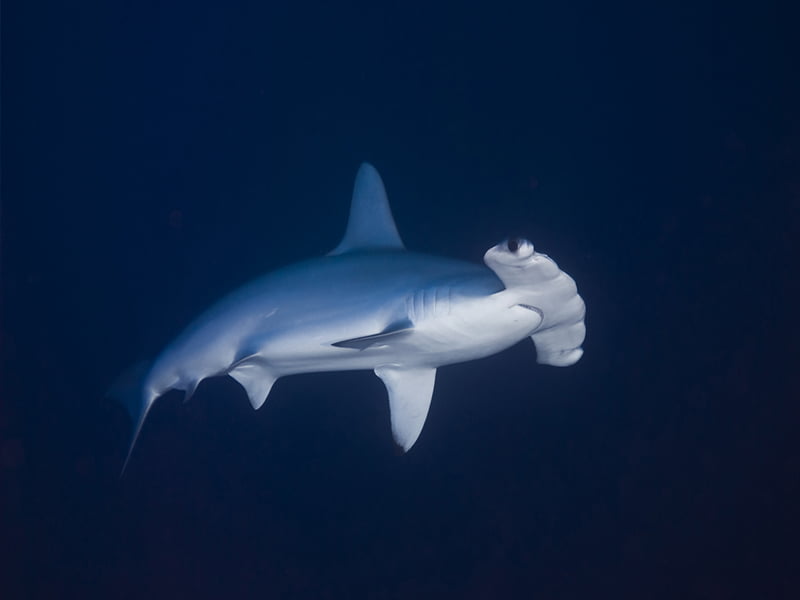
0:16
Frequently Asked Questions for Daedalus Reef
Not everyone can dive at Daedalus Reef. Depending on your organization, you may need to have an advanced open water certification (e.g., PADI) or a 2-star diver certification (e.g., CMAS).
You can stay at Daedalus Reef for more than two days, and it’s highly recommended to stay for at least two days as it’s one of the best reefs in Egypt with the most marine life.
At Daedalus Reef, you can make up to three dives per day and expect to see a variety of marine life, including hammerhead sharks, thresher sharks, manta rays, dolphins, and many other species.
The current at Daedalus Reef can be strong at times, so it’s important to be prepared and have proper diving equipment, such as a surface marker buoy (SMB).
The best time to visit Daedalus Reef is from March to May or September to November, when the water is warm and the visibility is excellent. However, the reef is open year-round, and diving can be done at any time depending on weather conditions.
Daedalus Reef can only be reached by liveaboard, and most liveaboards depart from either Hurghada or Marsa Alam. Just so you know – the exact departure point and schedule will depend on your chosen liveaboard boat.
You must bring or rent proper diving equipment, including a wetsuit, fins, mask, regulator, buoyancy compensator device (BCD), dive computer, and surface marker buoy (SMB). It’s recommended to have your own equipment, but it can also be rented on request.
The water temperature at Daedalus Reef ranges from 22°C (72°F) in the winter months to 30°C (86°F) in the summer months. A 5-7mm wetsuit is recommended for most divers, although some may prefer a thicker or thinner wetsuit, depending on their comfort level.
